Top Backpacks on the Appalachian Trail: 2022 Thru-Hiker Survey
Each year here at The Trek, we ask long-distance hikers on the Appalachian Trail (AT) about the backpack they used during their thru-hikes. In this post, we’ll cover all things backpacks—including the most popular models on the trail last year, hikers’ base weights, and respondents’ level of satisfaction with their pack choice.
The Hiker Sample
In 2022, 403 hikers participated in the survey, all of whom hiked on the AT in 2022. Almost 90 percent were thru-hikers, and the rest were section hikers. For more details on hiker demographics, check out our first post with general information from the survey.
The data was collected from October through November 2022 via our social media platforms, Backpacker Radio, and TheTrek.co. Some clean-up of the data was done only when necessary, mostly involving start/end dates. (There were a few time travelers who claimed to have started their hike in 2023 while still completing it this year.) No obvious duplicates were found.
Frame Type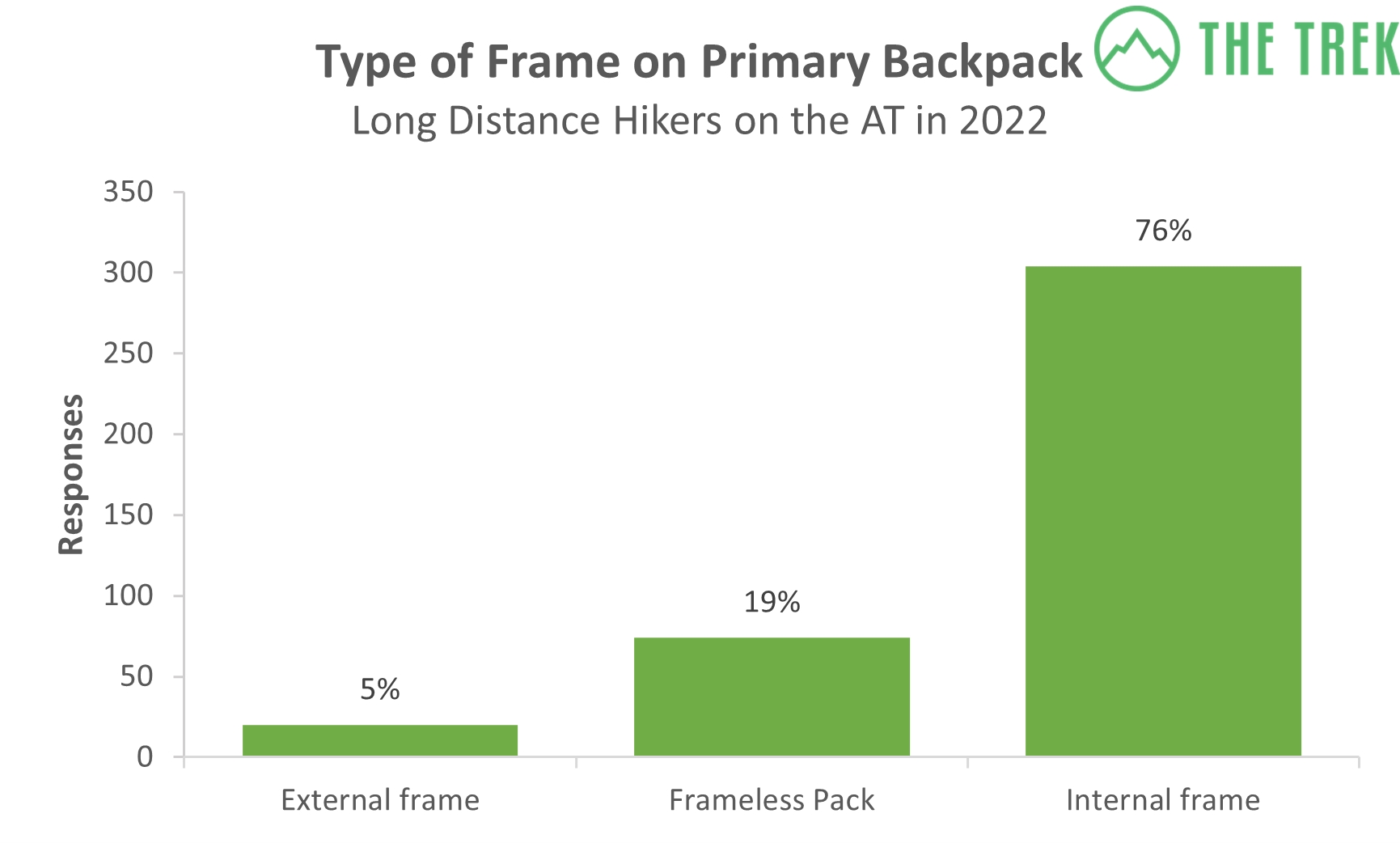
Similarly to the past few years, internal frame packs are used by over three-quarters of hikers. Frameless packs seem to grow in popularity by a small amount each year, growing from 16 percent of all backpacks used last year to 19 percent this year. Five percent of respondents this year used an external frame, the same as last year.
Satisfaction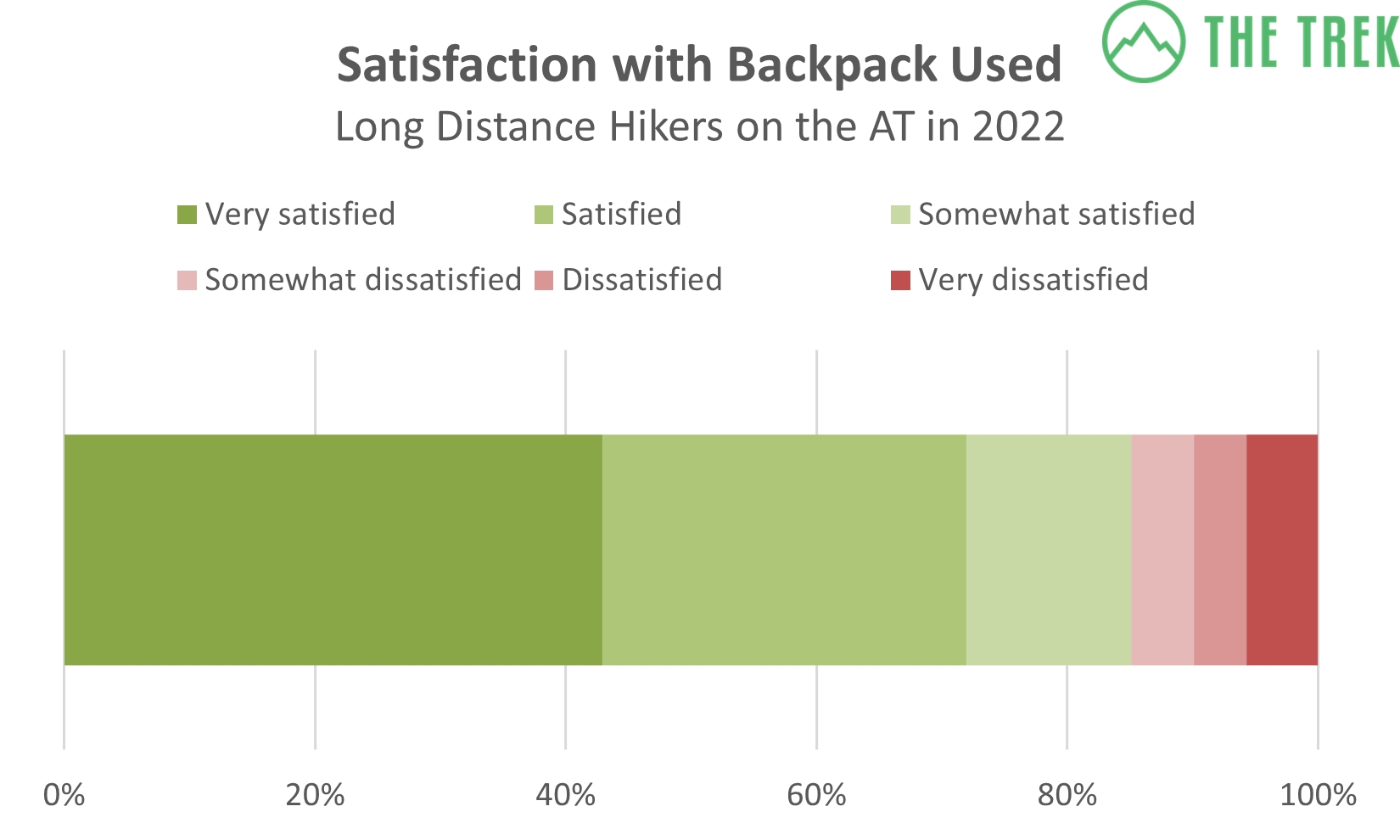
Most hikers (85 percent) were satisfied with their packs, and 42 percent were very satisfied. The main complaints were about durability, fit, and too much weight/volume. Many commenters talked about issues they had with their packs but also mentioned that customer service was so great they were still extremely satisfied. Zpacks had the most negative comments despite not being the most common brand. Here are some comments from those who were dissatisfied with their packs (lightly edited for readability):
“My Zpacks Arc Haul busted on me several times. WOULD NOT RECOMMEND.”
“I would not recommend Gregory. The bag has broken in the same place on both the original and the replacement.”
“Won’t buy a Zpacks again; was comfortable enough for the amount of weight I was carrying.”
“Zpacks’ quality is poor, accessories failed — water bottle holder, side pockets tore.”
“I started with a frameless backpack and had back issues, so I switched to an interior frame backpack.”
“I hate that my bag absorbs water.”
“My pack didn’t fit me properly the whole trail. By the time I decided to replace it, I couldn’t find a new pack at an outfitter ANYWHERE. I ended up buying a Hyperlite at the end of the trail that fit me much better, but I never hiked in it. I wish I had bought it sooner.”
“DCF Arc Blast was falling apart by the time I got to Gorham.”
“It was waaaaaay bigger than I needed and quite heavy.”
“Gossamer Gear packs tear at the straps, D rings pull through the straps, and they wear extra hard on the hip belt. They replaced it through a warranty claim, but the new pack did the exact same thing.”
Switching Packs
This year 70 percent of hikers started and ended their hike with the same pack. Almost a quarter switched at some point to a different model. Based on the comments, fit issues and downsizing seemed to be the most popular reasons for switching models. The remaining 7 percent replaced their pack with the same model. Some of these may have been replaced by the manufacturer on warranty.
Capacity
Almost half of all hikers had a pack between 55 and 64 liters. The overall average capacity was 54 liters. For thru hikers, the range was from 23 to 80 liters. For section hikers, the capacities ranged from 26 to 70 liters. The range and distribution of pack capacities was extremely similar between section and thru-hikers.
Base Weight
Base weight refers to how much a backpack weighs when it is filled with everything except consumables (food and water). This can fluctuate with gear changes during a long-distance hike, but it is more stable than total pack weight with food and water, which changes by the hour. Hikers in our survey reported their average base weight at the start and end of their hike.
The majority of hikers’ base weights at the start of their hikes fell between 15 and 30 pounds, with the median at 20 pounds. The averages between section hikers and thru-hikers were almost the same at around 20 pounds. Thru-hiker base weights ranged from 5.6 to 58 pounds; for section hikers, the range was from 6.5 to 40 pounds.
By the end of their thru-hikes, most hikers had lightened their base weights. The average dropped from 20.7 to 17.6 pounds. The range stayed about the same, with base weights from 5.6 to 55 pounds, but only a few outliers sat at the high end of this range. The majority of hikers, 86 percent, had a base weight under 25 pounds, and two-thirds of hikers had a base weight under 20 pounds by the end of their hike.
That hikers tend to lower their base weight as they hike suggests that it would behoove prospective thru-hikers to lower their base weights as much as possible in advance.
Top Brands and Models
Finally, we asked hikers about the brands and models of the backpacks they used on trail. Osprey remained the top brand; the Osprey and the top Exos/Eja was the top overall model, used by 41 hikers in our survey. The Gossamer Gear Mariposa was a close runner-up with 40 responses, followed by the Hyperlite Mountain Gear Windrider (22). Here are the top brands in order, with their respective packs.
Osprey (103)
Hyperlite Mountain Gear (64)
Gossamer Gear (58)
ULA (38)
Zpacks (30)
Gregory (18)
REI (12)
-
Flash (9)

Summary
- Most hikers use internal frame packs, but frameless packs are growing in popularity each year.
- 85 percent of hikers were satisfied with their packs. Durability contributed the most to dissatisfaction and good customer service to high satisfaction.
- 30 percent of hikers switched packs at some point, with most switching to a different model. Bad fit was a common reason cited for switching.
- The most common capacity for backpacks was 55 – 64 liters for both section and thru-hikers.
- While base weight average was about the same at the start of their hikes for section and thru-hikers, thru-hikers had a lower average base weight at the end of their hikes, dropping from 21 to 17.5 pounds.
- Trying to lower base weight to 20 pounds or less is a good suggestion for those planning a thru-hike.
- Osprey once again was the most popular brand and model with the Exos/Eja, followed closely by the Gossamer Gear Mariposa and the Hyperlite Mountain Gear Windrider.
Thanks!
Many thanks to the hikers who participated in the survey! Congratulations to you all! Check out our previous posts with general hiker information, footwear, shelters, and sleeping systems. The next and final post from this year’s survey will cover stoves, filters, and more. To stay updated on the subsequent hiker survey posts, subscribe to The Trek newsletter.
Featured image: Graphic design by Chris Helm.
This website contains affiliate links, which means The Trek may receive a percentage of any product or service you purchase using the links in the articles or advertisements. The buyer pays the same price as they would otherwise, and your purchase helps to support The Trek's ongoing goal to serve you quality backpacking advice and information. Thanks for your support!
To learn more, please visit the About This Site page.



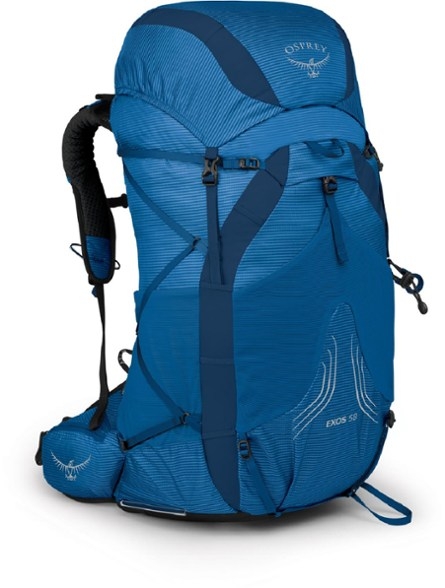






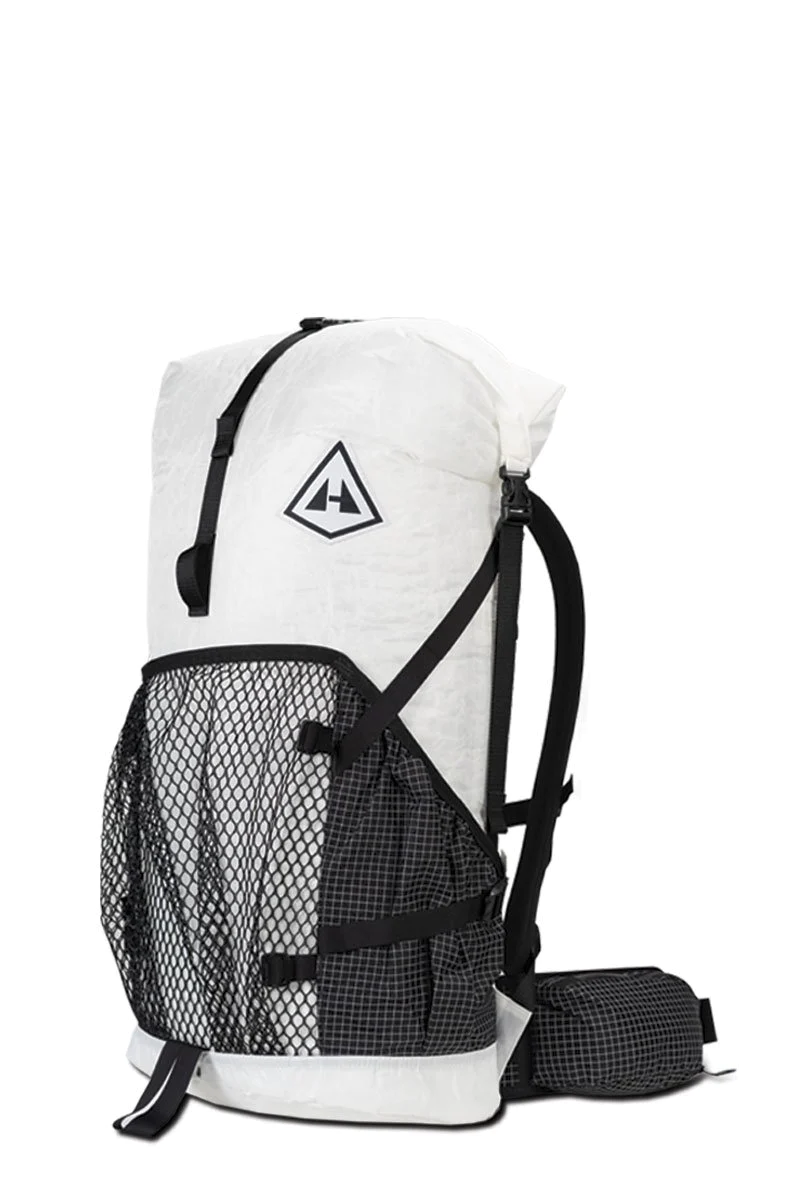


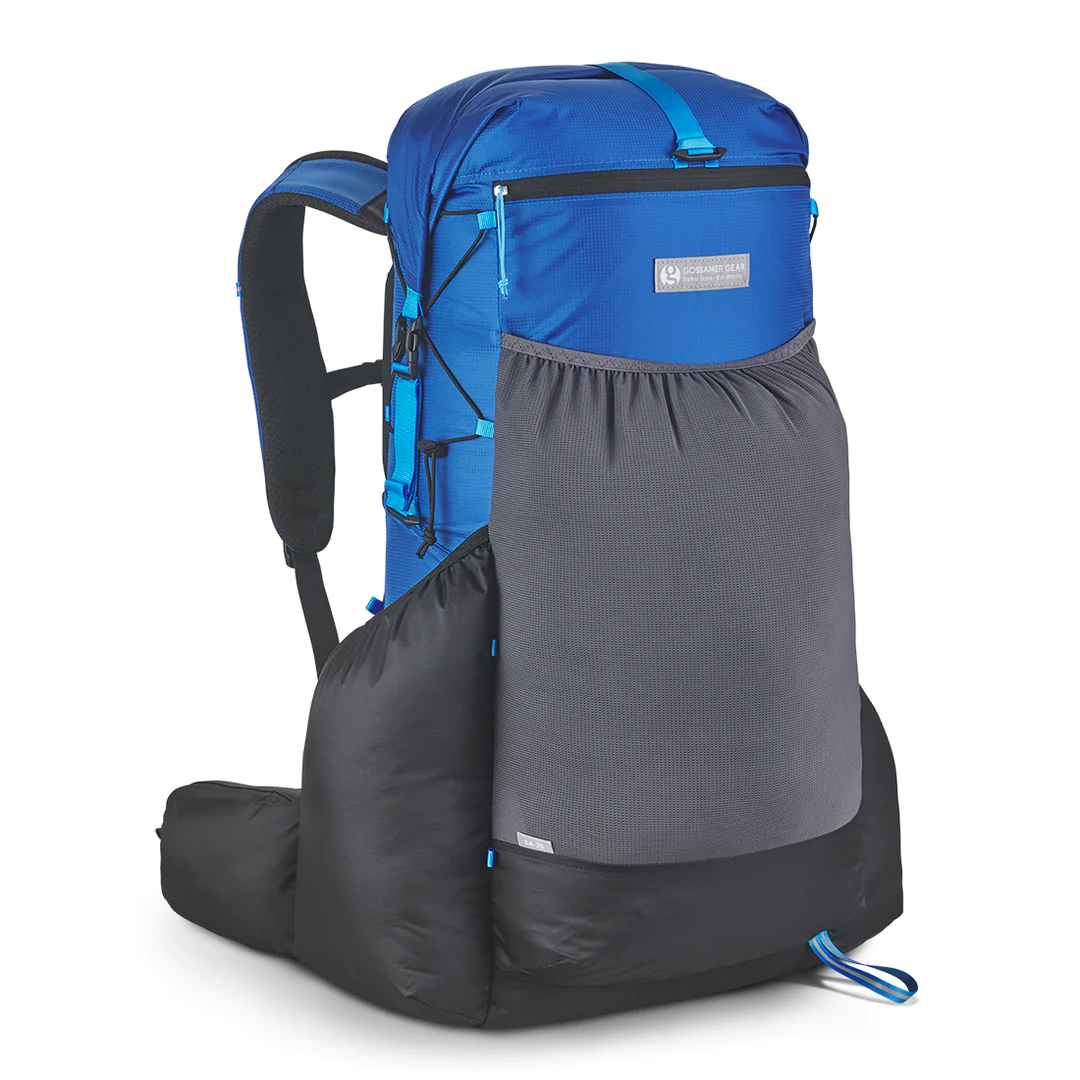



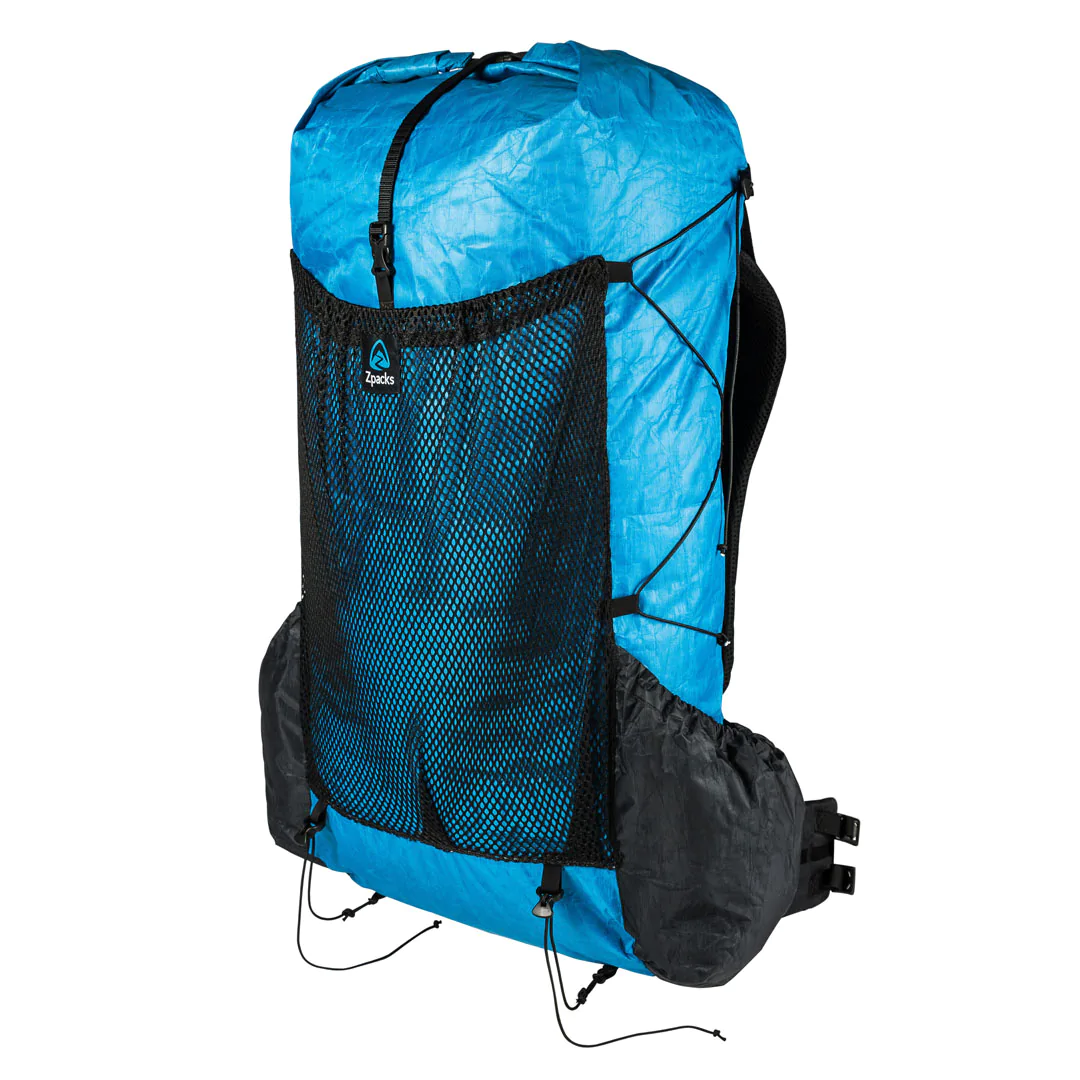




Comments 6
Great article. Thanks. Could some of the reduced weight over the course of the trek be a result of starting in the winter when warmer items are needed? I would think getting the experience on the trail is responsible for most of the reduction in weight but suspect weather plays a role.
Great point. I certainly shed some winter clothes as spring progresses. Typically, those are my heaviest articles of clothing.
Nice summary of the data. I think this demonstrates two important facts. First, despite the hype in many forums, UL is not the standard. With a base weight if 14, this makes me feel pretty good. Second, again despite the hype, you are much more likely to find people using stuff that you can buy at REI than from cottage industry sources. My guess, and Theis is a guess, is the price point matters a lot. My second guess is that comfort matters. I tried a GG Mariposa. It was like having a hot wet gorilla on my back compared to my Osprey Exos which is about half the price. I am pretty sure that the same results are found in tents where BA still has a major market share for relative inexpensive tents that will last from Georgia to Maine or Mexico to Canada. Sadly, those who promote UL, either on social media or the trail, can act like zealots rather than letting people hike their own hikes in their choice of gear.